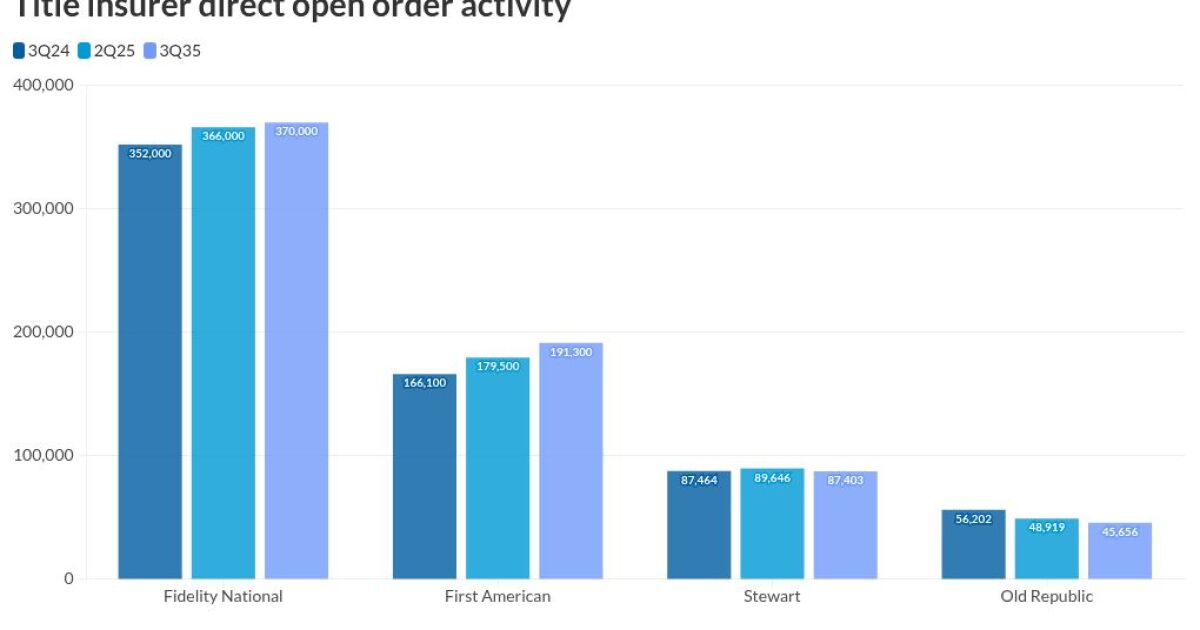
Reverse mortgages have a history of evolving in response to market stresses, and the recent gyrations in interest rates are now spurring a new round of policy experimentation aimed at helping the market better adapt to the kind of risk that's materialized recently.
Some of that risk has manifested as consolidation, with Finance of America buying assets from American Advisors Group, Guild buying Cherry Creek to expand its reverse mortgage division, and Reverse Mortgage Funding filing for bankruptcy.
Remaining players are facing the challenge of maintaining ready sources of cash as rising interest rates have increased the costs for funding loans that have to be bought out of a securitization or draws that have been subject to delays going into one.
It's been a serious concern that has threatened the business' viability, according to some. But agencies in this government-dominated market, notably the Federal Housing Administration and Ginnie Mae, have begun responding to these concerns with policies and proposals aimed at managing those costs.
"A commitment to reverse mortgages is something that Ginnie Mae and FHA are both in lockstep on," said Ginnie Principal Executive Vice President Sam Valverde. "What you're seeing is concrete action from us and FHA to see if we can return liquidity to issuers for the sake of this program."
That suggests reverse mortgages policies could evolve for the better in response to the rate risk seen recently, similar to the way they have after other market challenges that resulted in reforms involving financial assessments, taxes and insurance.
So while some worry about the threat that recent rate volatility, consolidation and liquidity concerns pose to reverse mortgages, others think those challenges will lead to improved operating conditions.
That, in conjunction with other attractions of the product in the current market, could engage players that may have gained economies of scale from consolidation. It may too draw opportunistic new entrants in ways that may revitalize the industry.
What follows is a breakdown of some of the challenges that have intensified for reverse mortgages as a result of recent market conditions, how policymakers are responding, some projections for some possible outcomes and a general sense of the market's current outlook.



